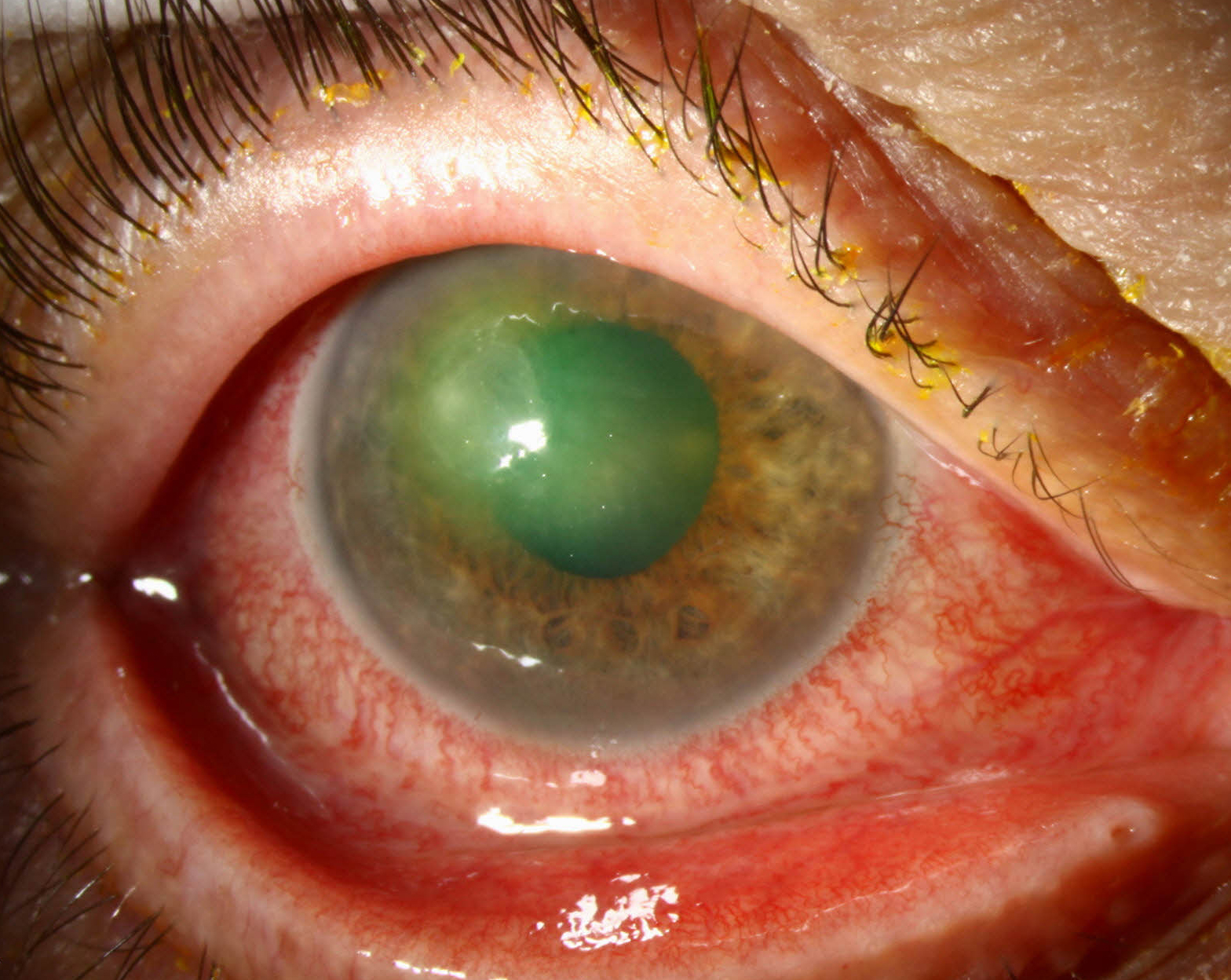 |
|
Children who wear contact lenses don’t seem to be at an increased risk for infection compared with adults, according to the findings of this review paper. Photo: Chris Sindt, OD. Click image to enlarge. |
Soft contact lenses may be able to help slow the progression of myopia in children, but experts have wondered whether the risk of infection outweighs potential benefits. In light of the increased interest in fitting children with soft contact lenses, researchers reviewed a number of studies on microbial keratitis and corneal infiltrative events (CIEs) in children who wear soft contact lenses. They reported that children don’t seem to be at greater risk for infection.
The review included both prospective and retrospective studies on soft contact lens-related complications in children who wore contact lenses for at least one year. Seven prospective studies were identified between 2004 and 2022, with a total of 3,752 patient years of wear for 1,756 children, most of whom were fitted for contact lenses by age 12. Within these studies, there was one case of microbial keratitis and 53 CIEs (16 were considered symptomatic). The researchers reported an overall incidence of microbial keratitis of 2.7 per 10,000 patient years (similar to that of adults) and an incidence of symptomatic CIEs of 42 per 10,000 patient years, which is lower than in adults.
Two retrospective studies (2,545 patient years of wear; 1,025 children) reported children were fitted for contact lenses at age 12 or younger. One of these studies reported two presumed or probable cases of microbial keratitis, demonstrating an incidence of 9.4 per 10,000 patient years. The pooled 6,297 patient years from both prospective and retrospective studies resulted in a microbial keratitis incidence of 4.8 per 10,000 patient years with no cases of vision loss.
“No contact lens wearer, including children, is immune to CIEs, but continued education regarding proper wear and care and appropriate and early response to adverse symptoms can further reduce the risk of any long-term consequences,” the authors concluded in their paper. They added that eyecare providers should educate all patients about modifiable risk factors such as avoiding swimming, sleeping or showering while wearing contact lenses, topping off cleaning solutions and extended wear past prescribed replacement time.
Bullimore MA, Richdale K. Incidence of corneal adverse events in children wearing soft contact lenses. Eye Contact Lens. 2023;00:1-8. |


